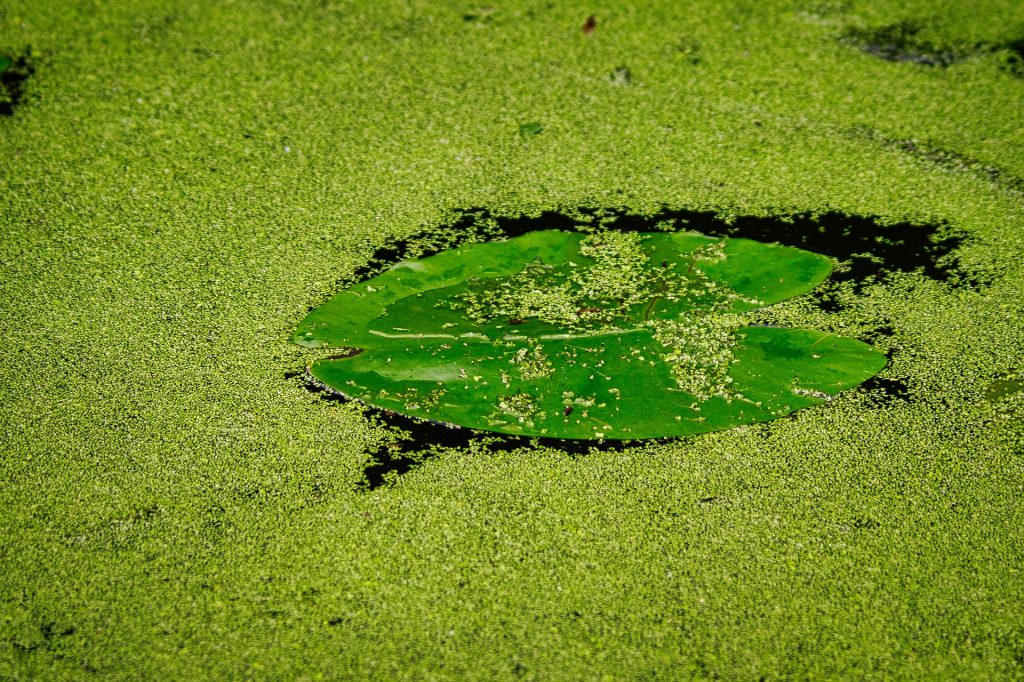
Duckweeds (Lemnaceae Martinov) are considered the world’s smallest floating flowering plants, with the highest growth rate, able to colonize in very short time fresh, sometimes brackish, streams, ponds and sloughs. The name comes from the fact they are a greatly appreciated protein source for waterfowls. Individual plants consist of a single, flat, oval leaf-like structure – although less differentiated – commonly defined as frond, no more than half centimetre long that floats on the water surface often forming very dense, homogeneous clonal populations. In some species, one or few adventitious roots may form from the centre of the lower frond surface, to ensure stability and anchorage during floating. Only few morphological characters are available for species discrimination, but an extremely efficient asexual reproduction mechanism by budding, is commonly shared among the five genera. In addition, their pronounced ability to tolerate wide environmental variations – pH, temperature, nutrient availability, light intensity, heavy metals concentration – has allowed their diffusion even outside the warm temperate and tropical regions. Some species can indeed produce specialized starch-filled buds known as turions that sink at the bottom of the water body to over-winter in the temperate climates.
The extraordinary ability to fast double their biomass – even less than 24 hours depending on the species – is the main factor that has triggered most basic and applied scientific research focusing on these tiny aquatic plants, in various contexts, including phytoremediation and industrial waste water valorisation, as well as feed and food production (over 40% of proteins in some species and secondary metabolites) and bioenergy (bioethanol from starch). A fully usable, highly valuable biomass, produced in large amounts which, when properly cultivated, can be used for multiple purposes, in relation to its composition in macro and biomolecules.
In this perspective, the genotyping of the Landolt Duckweed Collection, one of the largest living duckweed repositories in the world, has been recently undertaken by IBBA-CNR. The collection, which includes and constantly propagates over 600 clones, counts representatives of all 5 genera (Lemna, Spirodela, Landoltia, Wolffia and Wolffiella) and 36 duckweed species, and represents an extraordinary biodiversity resource worth to be enhanced. In this sense, the DNA fingerprinting analysis carried out on the whole collection becomes the first tool to technically respond, particularly with such a small plants easily exposed to misrecognition, to the need for a correct and precise species and clone identification. In fact, the correct cataloguing of a genetic resource is the first essential step to correctly undertake its exploitation throughout genomics, post-genomics as well as applied physiology studies. Furthermore, the ease of handling and biomass production characterizing duckweeds make these plants the ideal model system for basic studies on biological processes promoting growth and production in many crops. When instead considering duckweeds as a crop, they become the object of a wide range of applied studies aimed to guarantee highly valuable biomass, such as high protein content feed or food, promoting the agro-industrial waste valorisation, and reducing at the same time the loss of valuable resources and the environmental impact, within a circular economy concept.
Author: Luca Braglia